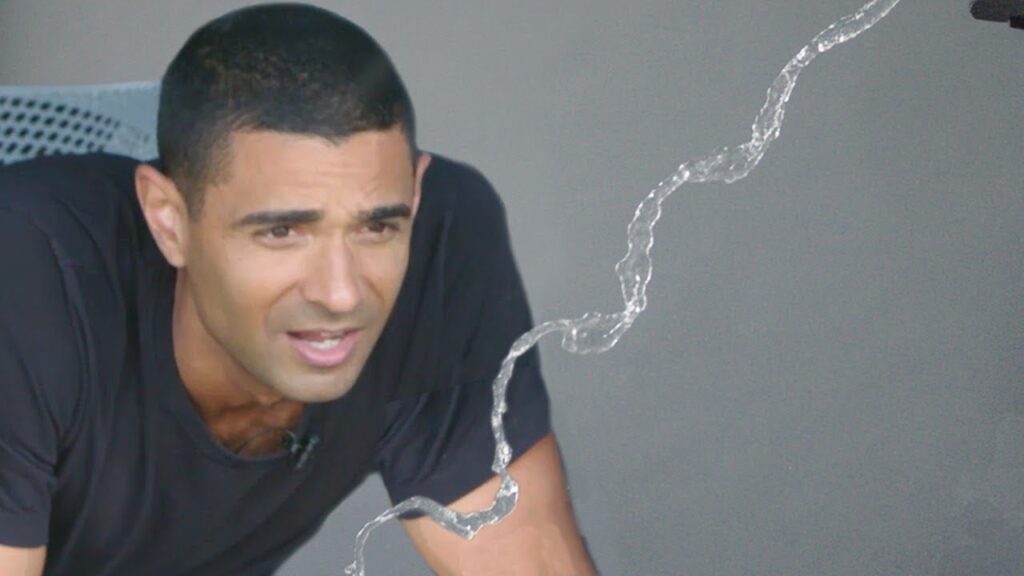Sprinting Mechanics: How Elite Sprinters Maximize Their Speed
Summary
In this article, we discuss the mechanics of sprinting and how elite sprinters can reach almost one-third of their top speed before their foot hits the ground. We also delve into how sprinters can apply progressively more force as they go step by step further into the race and how they can throw a quick, sharp punch at the ground to maximize the force their legs deliver. Additionally, we explore the potential for breaking Usain Bolt’s record of 9.58 seconds and achieving a time in the low 9.40s or even faster under current legal conditions.
Table of Contents
- The Mechanics of Sprinting
- The Importance of a Fast Start and Reaction Time
- Breaking Usain Bolt’s Record
The Mechanics of Sprinting
Sprinters can reach almost one-third of their top speed before their foot hits the ground, which is the greatest portion of acceleration. As they go step by step further into the race, they can apply progressively more force. By step 12 or so, they are at 80-90% of their max speed. Elite sprinters apply force better than others in the time available, which becomes a motion-based mechanism where they throw a quick, sharp punch at the ground. This allows them to maximize the force their legs deliver to the ground and clock 100-meter times just under 10 seconds. However, the last 30 meters of the race is typically slower due to muscle fatigue.
The Importance of a Fast Start and Reaction Time
The 100-meter dash is an exciting event that requires a fast start and incredible reaction time. The start is crucial in the 100-meter dash, and sprinters practice on reaction time to avoid disqualification. A reaction time of less than .1 seconds is physiologically impossible, but some sprinters are capable of reaction times as quick as .08 seconds. If the acceleration requirement from a stationary start is removed and a flying start is allowed, humans can comfortably run under the nine-second barrier.
Breaking Usain Bolt’s Record
The goal is to run 9.8 seconds consistently, but to go faster than that, the human body would have to exert forces greater than ever recorded at speeds that probably aren’t possible. However, breaking Usain Bolt’s record of 9.58 seconds is possible. A perfect human being with exceptional qualities and a perfect race could achieve a time in the low 9.40s or even faster under current legal conditions. The current world record for a four-by-100-meter relay held by the Jamaicans is about 36.7 or eight seconds.
Conclusion
In conclusion, the mechanics of sprinting allow elite sprinters to maximize their speed and clock 100-meter times just under 10 seconds. The start and reaction time are crucial in the 100-meter dash, and sprinters practice on reaction time to avoid disqualification. While breaking Usain Bolt’s record is a challenging feat, it is possible with a perfect human being with exceptional qualities and a perfect race under current legal conditions.







